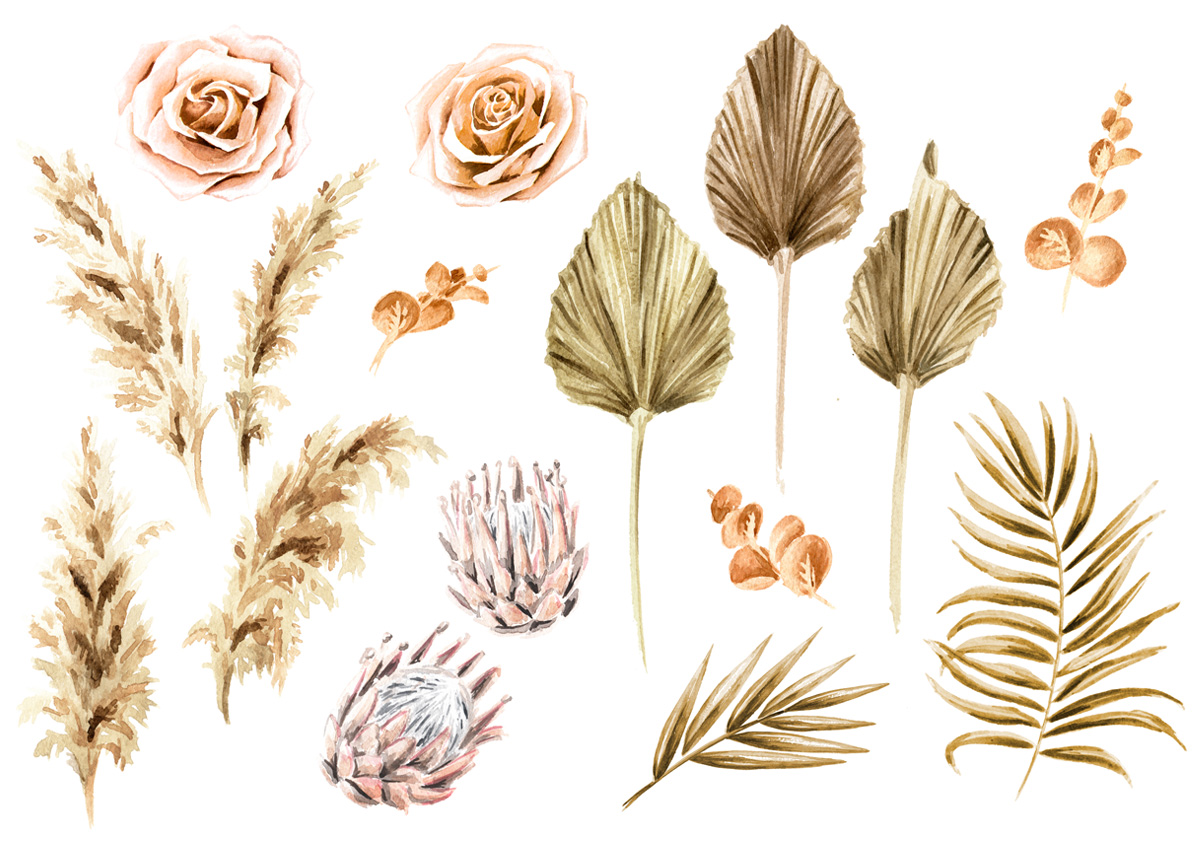
Global Database Reveals Humans are Biggest Driver of Plant Homogenization
December 9, 2021| |
Researchers at Harvard University have compiled a dataset of over 200,000 plant species worldwide to illustrate the extent to which species extinctions and non-native invasive plants reorganize plant communities in the Anthropocene, the current geological age dominated by human activity.
Led by Barnabas H. Daru, a former postdoctoral fellow at the Harvard University Herbaria and in the Department of Organismic and Evolutionary Biology, the project began several years ago with mapping North American biomes. Daru expanded it to include the biomes of Australia, South Africa, Europe, and China. The study examined how plant landscapes and communities change, especially after the bridging of the eastern and western hemispheres 500 years ago.
Daru noted that extinction and the naturalization of non-native species cause biotic homogenization or the gradual replacement of native species by locally spreading non-native species. This leads to species reduction and evolutionary differences and cal also have negative impacts on key ecosystem functions.
The study showed that regardless of the extinction scenario, the strongest contributor to biotic homogenizations resulted from non-native plants naturalized by humans. These changes occurred over a short evolutionary span of approximately 500 years and were facilitated – intentionally or unintentionally – by humans moving organisms around the landscape. Daru developed the GreenMaps database from globalized Herbaria collections. The global map helped in closing the knowledge gap in global distributions of plant occurrence records by generating predicted distributions for more than 200,000 species worldwide.
For more details, read the article in Harvard University's Department of Organismic & Evolutionary Biology.
| |
You might also like:
- Research Team Turns to Wild Crop Relatives in Climate Change Battle
- Time is Ticking for Some Crop's Wild Relatives
- Wild Relatives of Potatoes, Peanuts Threatened by Climate Change
Biotech Updates is a weekly newsletter of ISAAA, a not-for-profit organization. It is distributed for free to over 22,000 subscribers worldwide to inform them about the key developments in biosciences, especially in biotechnology. Your support will help us in our mission to feed the world with knowledge. You can help by donating as little as $10.
-
See more articles:
-
News from Around the World
- USDA FAS Reports Biotech Updates in Pakistan and Korea
- International Collaboration Brings Wild Wheat's Untapped Diversity into Elite Lines
- Global Database Reveals Humans are Biggest Driver of Plant Homogenization
- Thailand Presents Impressive Line-Up of Biotech Crop R&D During ISAAA's Latest Webinar
- FSANZ Opens Call for Comments on GM Wheat Product Importation
- ISAAA to Release Primer on Genome Editing
- Microbiome Study Provides Strategies for Healthy and Climate-Resistant Fruit and Vegetables
-
Research Highlights
- Suppressing Jasmonate Signaling Attenuation Confers Stress Tolerance in Arabidopsis
-
Plant
- University of Texas Scientists Discover Potential New Gene Editing Tools
- Scientists Use TALENs to Edit Tuna
- Researchers Edit Genomes of Microbes Growing in a Community of Different Species
-
Health
- Omicron Variant Could Weaken COVID Vaccine Protection
-
Read the latest: - Biotech Updates (December 3, 2025)
- Gene Editing Supplement (November 26, 2025)
- Gene Drive Supplement (February 22, 2023)
-
Subscribe to BU: - Share
- Tweet

